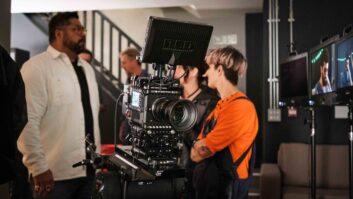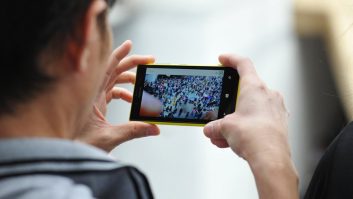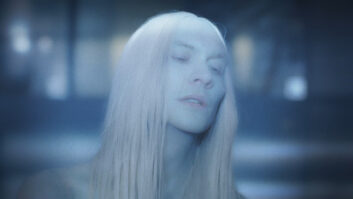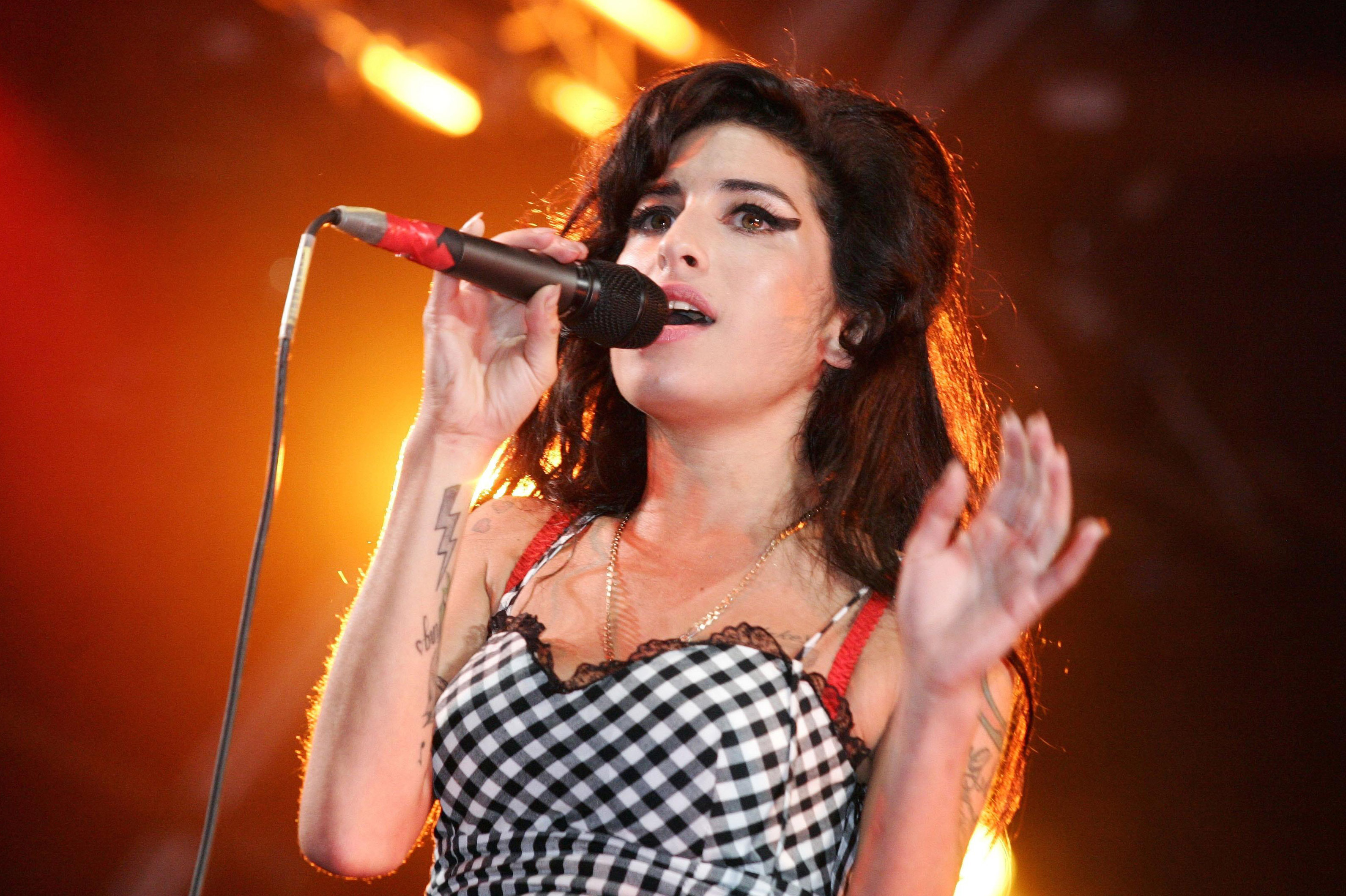
From the production team behind Senna comes an emotionally charged documentary film chronicling British singer-songwriter Amy Winehouse’s life and career, featuring previously unseen archive footage and unreleased tracks. The task of grading the documentary fell to Company 3’s Paul Ensby on DaVinci Resolve.
Amy Winehouse, whose hits included Rehab, Valerie and Love is a Losing Game, rose to international fame with her second album, Back to Black, which won five Grammys and sold more than 20 million copies worldwide. But along with fame and success came struggles with drugs and alcohol, which plagued her throughout her adult life.
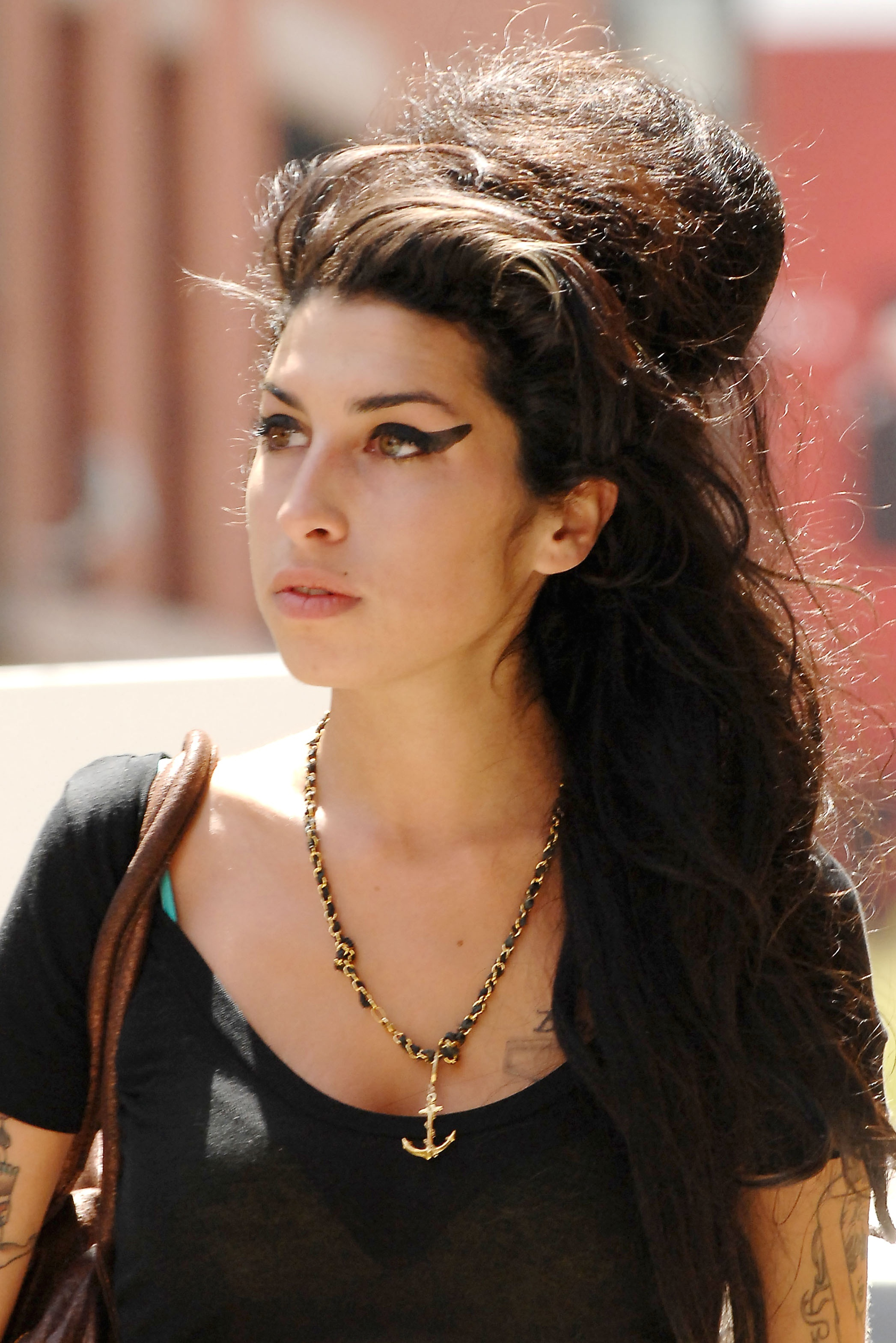
“Amy Winehouse is slightly different from your traditional production,” according to Paul. “It’s a feature documentary, but all of the material is archive footage. Archive meaning anything from heavily compressed YouTube content right the way through to nicely presented HD masters from television appearances. In effect, there was no director of photography on this job, which made my life both simpler and harder at the same time.
“On the one hand there was one less person involved during the creative process, and on the other, I found myself getting involved in things that, as a colourist, I wouldn’t normally have had to do. For instance, I had to reframe a lot of 4:3 material for the 1:85 delivery format and that meant there was plenty of camera moves which had to be emulated in order to keep the subjects in frame wherever possible. This involved a lot of dynamic framing within a shot and naturally, because so much of the material wasn’t shot professionally in the first place, there was a lot of chasing.
“Director Asif Kapadia wanted to avoid a traditional television looking picture, they wanted it to look like a feature film, which was very challenging given some of the material we were working with,” explains Ensby. “That being said, you can however still adjust the amount of colour, the amount of light, or the amount of gaudiness in the colour, which you sometimes get from a video or television. Because we were looking at the whole film colour gamut, I had to tone down any excessive highlights, where I could, to give it a nicer highlight curve at the very top end so that it wasn’t too stark or too lit, which is strange when you talk about archive footage. Some of it is not lit at all and then you’d have something that was shot for television, which was studio lit, and so we would darken certain parts of the frame or vignette the edges just to close it in a bit more and concentrate on a particular subject. In some instances, we even had to remove the viewer’s eye from a particular person if they weren’t the focal point on a particular scene.”
“I worked closely with a conform editor, Jamie Leonard, from Cutting Room Craft, and he worked directly out of the editorial office on this production, which is quite unusual, however it did mean he was very close to the picture editor. And that meant he was able to work on prepping all of the materials. There was NTSC material, a lot of stuff needed de-interlacing and of course lots of different formats. None of these are things you really want to be working on once you begin the final DI. A lot of credit should go to him for what has come out at the other end.”
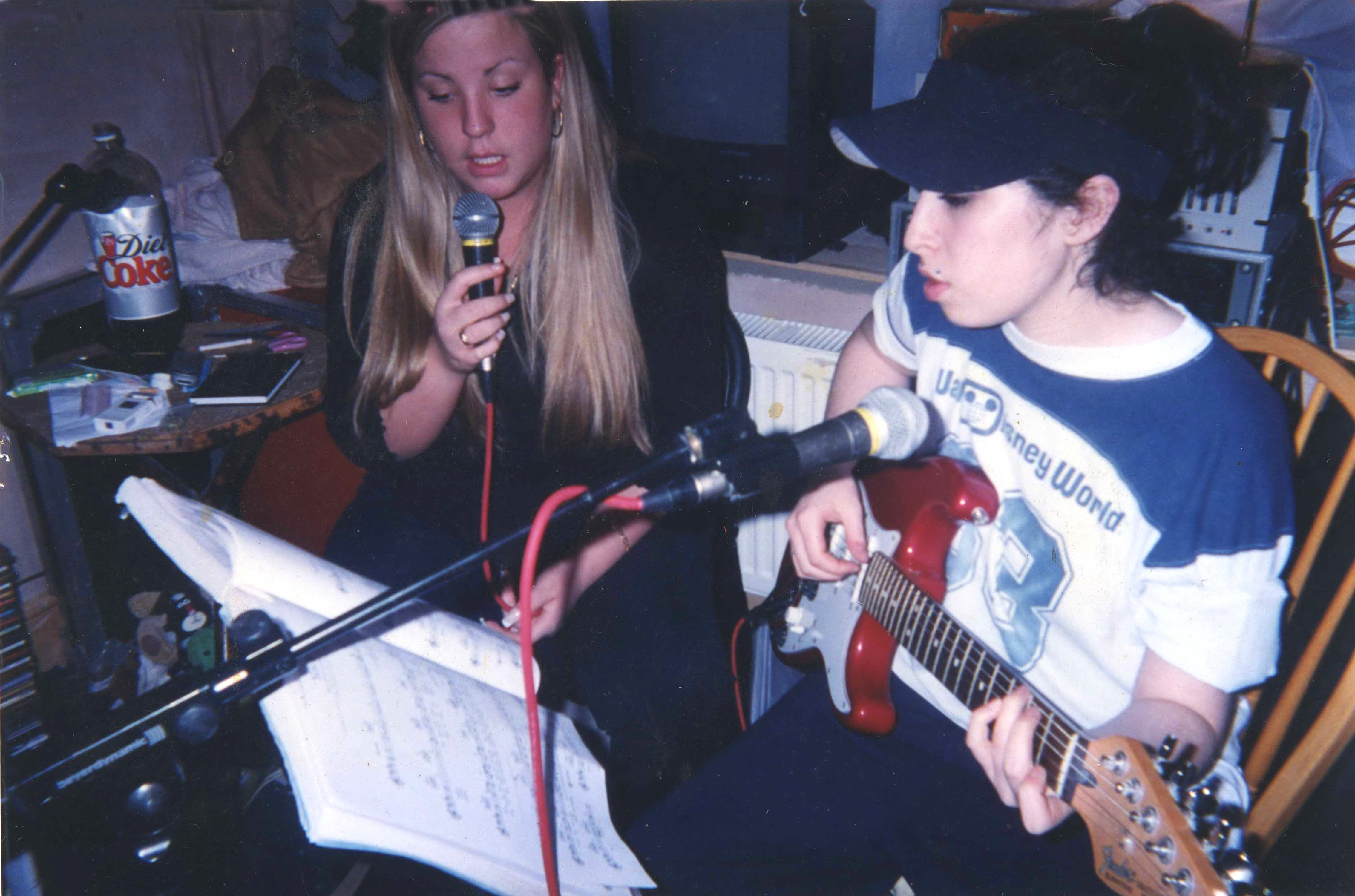
This particular project also has several captions, subtitles and ‘voice ofs’ for the voice overs as the documentary features no talking head sequences – it is all narrated. All of the work done by Jamie during the conform was carried out and handed over to Ensby towards that end of last year as a multi layer DaVinci Resolve DPX project.
“That was very helpful because it gave me the ability to turn effects on or off by selecting the relevant layers, and meant that we could adjust the size or location of a caption whenever we needed. Having all of that information interactively sat on different layers and not having to burn it in until the final render saved us a huge amount of time. For example, if I was carrying out a pan and scan on a shot which included a caption, often, the move would require us to reposition said caption. The ability to make changes right up to the very final deadline took some of the pressure off.”
“There are a couple of scenes in this film of Amy on stage that I particularly like. There is one scene, which features lots of moody lighting, of her earlier on in her career performing at a jazz club and another where she wins a Grammy, but is actually performing elsewhere in London. You get a clear sense that these two moments are the happier elements in her life where she has close friends around her and is doing the thing she was most passionate about – her music!”

